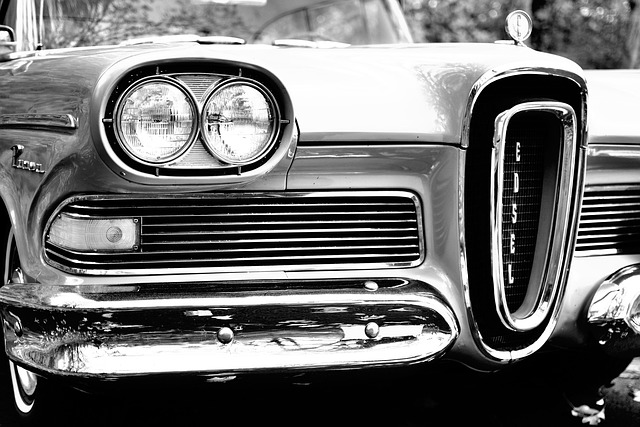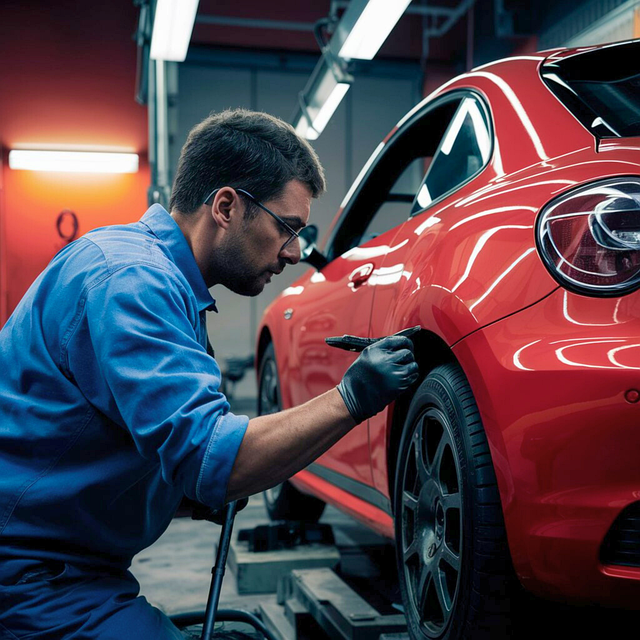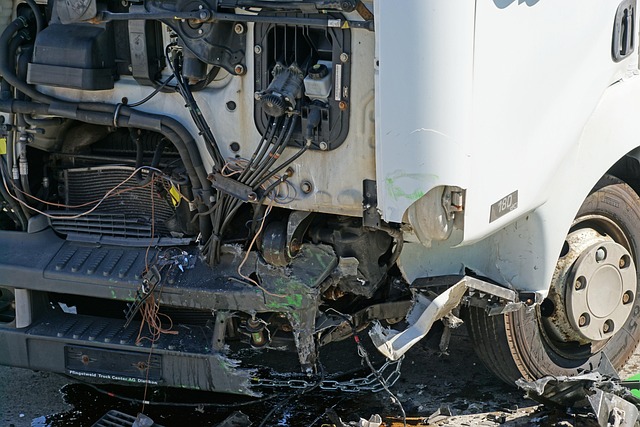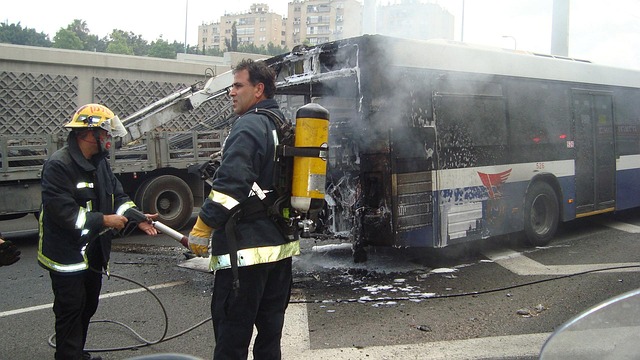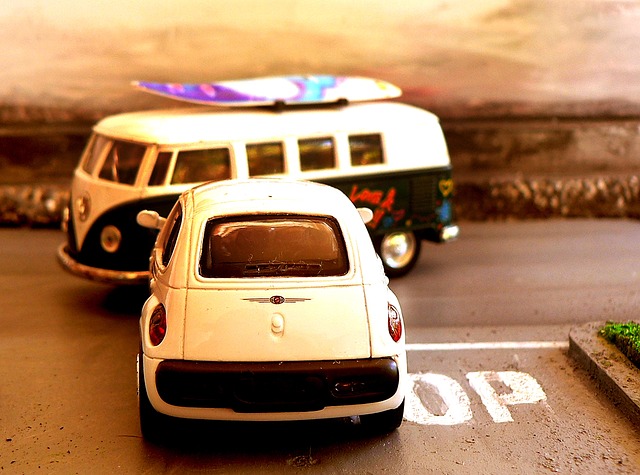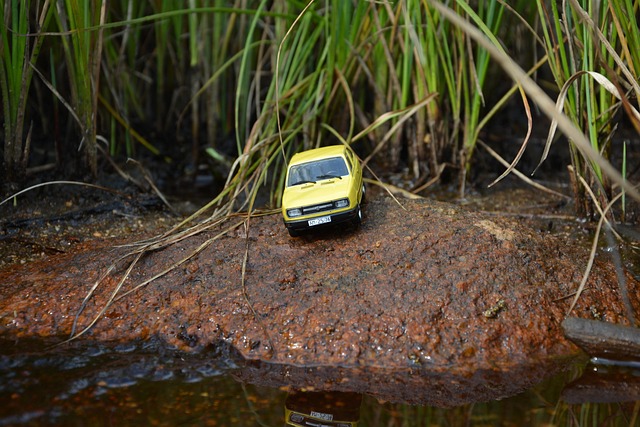Crash worthiness restoration is a comprehensive process aimed at enhancing vehicular safety after an accident, going beyond visible repairs to address structural integrity and hidden components crucial for performance and safety. Skilled technicians follow industry standards set by organizations like ISA and regulatory bodies such as NHTSA, using advanced engineering principles and tools to diagnose and treat unique crash challenges. Regular checks are vital for maintaining cars' responsiveness in hazardous situations, contributing significantly to road safety and driver peace of mind while increasing resale value through discreet aesthetic repairs.
In the realm of automotive safety, technicians play a pivotal role in ensuring vehicles meet crash worthiness standards. This article delves into the intricate process of crash worthiness restoration, a critical component of vehicle safety. We explore the foundation of this practice, from understanding its definition and regulatory context to the meticulous steps involved.
The journey begins with pre-restoration inspections, followed by advanced techniques like panel replacement and paintless dent repair (PDR). Furthermore, modern technologies such as diagnostic tools, CAD software, 3D scanning, and automated equipment are transforming the landscape of crash worthiness restoration, enhancing precision, efficiency, and safety.
- Understanding Crash Worthiness Restoration: The Foundation for Safety
- – Definition and significance of crash worthiness restoration
- – Regulatory frameworks and industry standards guiding the process
Understanding Crash Worthiness Restoration: The Foundation for Safety
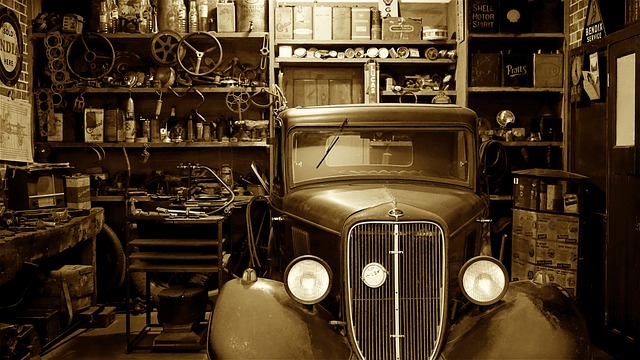
Crash worthiness restoration is a critical process that forms the foundation of vehicular safety. It involves meticulous procedures aimed at returning a damaged vehicle to its pre-accident condition while enhancing its overall safety features. This isn’t merely about fixing physical damage; it’s about ensuring every component, from structural integrity to advanced safety systems, functions optimally. Technicians employed in this domain are skilled in diagnosing and treating the unique challenges posed by each crash, utilizing specialized tools and knowledge of advanced engineering principles.
The process demands a holistic approach, considering not just the visible repairs but also hidden components that play a vital role in a vehicle’s performance and safety. This includes reinforcing structural weaknesses, updating safety systems to meet modern standards, and reconfiguring mechanisms for optimal accident prevention. By integrating these measures into their restoration work, body shop services professionals don’t just fix vehicles; they make them safer, thereby contributing significantly to road safety and peace of mind for every driver on the road. Furthermore, auto maintenance experts emphasize that regular crash worthiness checks are as essential as vehicle repair services, ensuring that cars remain not just functional but also highly responsive in potentially hazardous situations.
– Definition and significance of crash worthiness restoration

Crash worthiness restoration is a critical process that involves meticulous repairs and adjustments to ensure a vehicle’s structural integrity and safety after a collision. It refers to the art and science of returning a damaged car to its original state, making it just as safe and reliable on the road as before the accident. This procedure is not merely about fixing visible dents or scratches; it delves into enhancing overall stability, aligning components, and restoring the vehicle’s crash performance to factory standards.
The significance of this process lies in preventing future accidents and ensuring the safety of drivers and passengers. Proper restoration procedures, including meticulous auto maintenance and skilled craftsmanship in car bodywork, can significantly improve a vehicle’s resale value by eliminating signs of prior damage. Moreover, techniques like paintless dent repair offer a more subtle and aesthetically pleasing solution, maintaining the original look and finish of the car.
– Regulatory frameworks and industry standards guiding the process
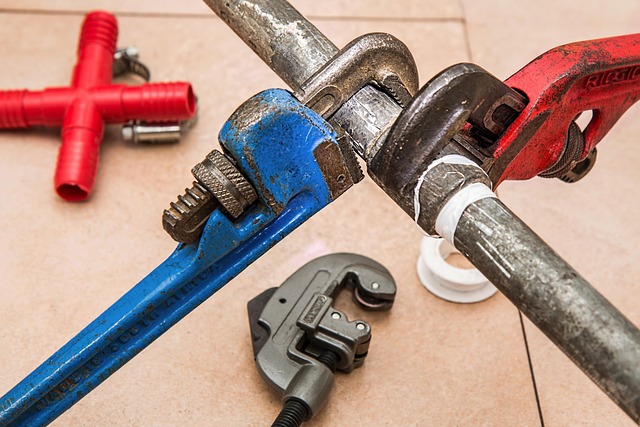
The process of crash worthiness restoration is meticulously governed by a robust framework of regulatory bodies and industry standards, ensuring that vehicles return to their pre-accident condition safely and efficiently. These guidelines are crucial for technicians in automotive body shops to follow, as they dictate every step from initial assessment to final completion. The primary objective is to maintain or restore the structural integrity of the vehicle while also addressing cosmetic concerns, aiming for a near-perfect finish.
Industry standards, such as those set by ISA (International Automotive Body Shop Network) and global regulatory bodies like the National Highway Traffic Safety Administration (NHTSA), provide detailed protocols for various procedures, including paintless dent repair techniques. These standards ensure that auto body restoration is not just a visual enhancement but also involves meticulous precision to prevent any compromises in safety during future crashes. Adhering to these guidelines is vital for technicians, as it enables them to offer high-quality services, ensuring customer satisfaction and vehicle safety.
Crash worthiness restoration is a critical procedure that ensures vehicles return to safe operating conditions after accidents. By understanding the foundational principles and adhering to regulatory guidelines, technicians can expertly navigate this process, enhancing safety standards in the automotive industry. This meticulous approach not only restores vehicles to their pre-crash condition but also plays a vital role in preventing future incidents.
